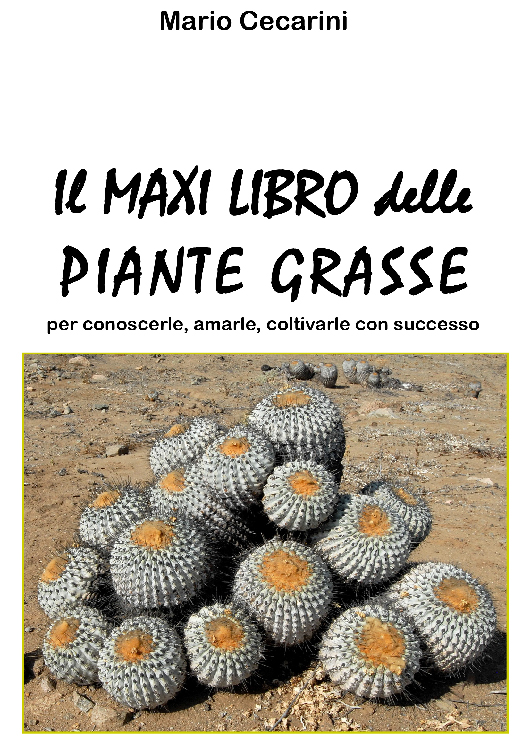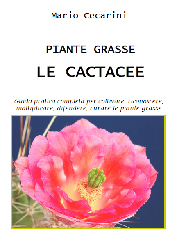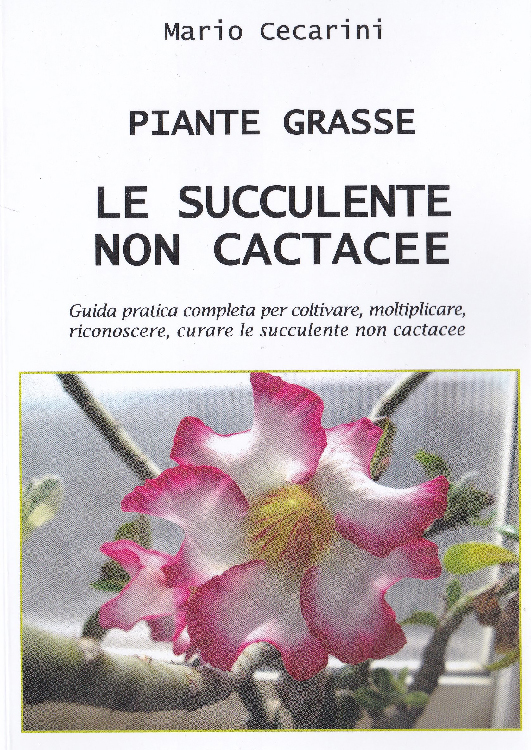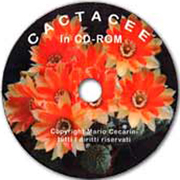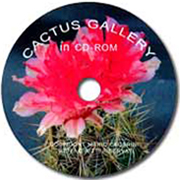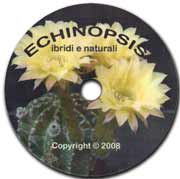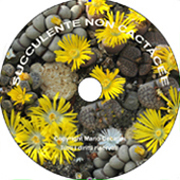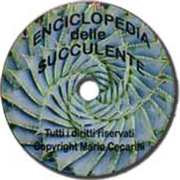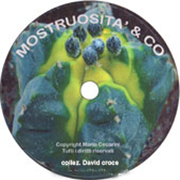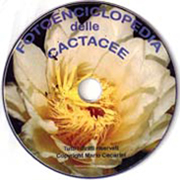PLEASE READ THE FOLLOWING:
Since this website has already reached a considerable size, due to the many photo galleries and the development of different language versions, providing extensive information and numerous images for every non-cactaceous genus and species was not a practicable task. Therefore, you will only find a brief description of each family while the image gallery covers some 150 genera.
IMPORTANT: SOME FREQUENTLY USED TERMS
By basic mix we mean a type of substrate composed of 50% good garden soil , 20% fine non-calcareous gravel (2 to 5 mm diameter), another 20% lava or pumice stone (2 to 5 mm d.) and the remainder 10% being well decayed leaf-mould (beech leaves are preferable).
The mineral mix contains the same materials but in different percentages, respectively: 30%, 30%, 30%, 10%. As for the fertile mix, this is comprised of 30% leaf mould , 30% peat, 20% sand and the remainder 20% is lava or pumice and has a pH of 6. On the other hand, the basic and the mineral mixes have a neutral ph. In a few cases it is recommended to add some limestone to raise the soil ph for those plants preferring a slightly alkaline mix ; you’ll find specific information in the entries for such plants. It is understood that this represents a personal view on a quite controversial subject.
As for water, an ‘average’ amount means you should let the soil dry out for 7 to 10 days before supplying water again. Generally, summer-growing species can be treated like cacti; winter-growing succulents, on the other hand, should be watered sparingly but frequently during their growing period. This simulates the conditions these plants are used to in their habitat, where they often experience drizzly fogs at night.
For reasons of compatibility with the software used, the initials of the names of genera and families are written in lower case rather than capitalized as well. The genus and species, rather than separated by a space were joined by a hyphen.



 Succulent families
Succulent families



